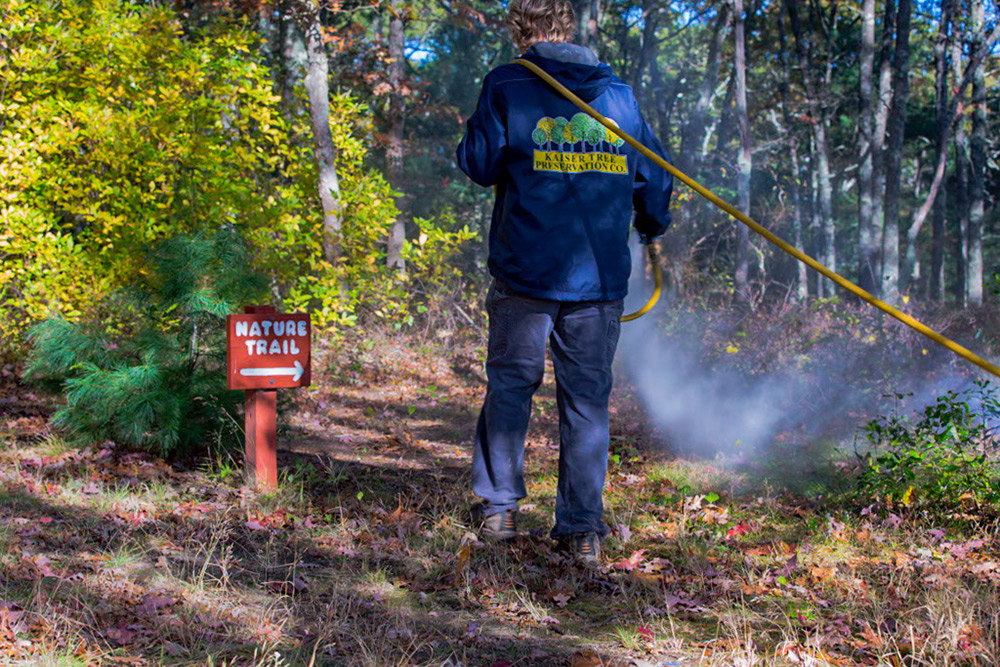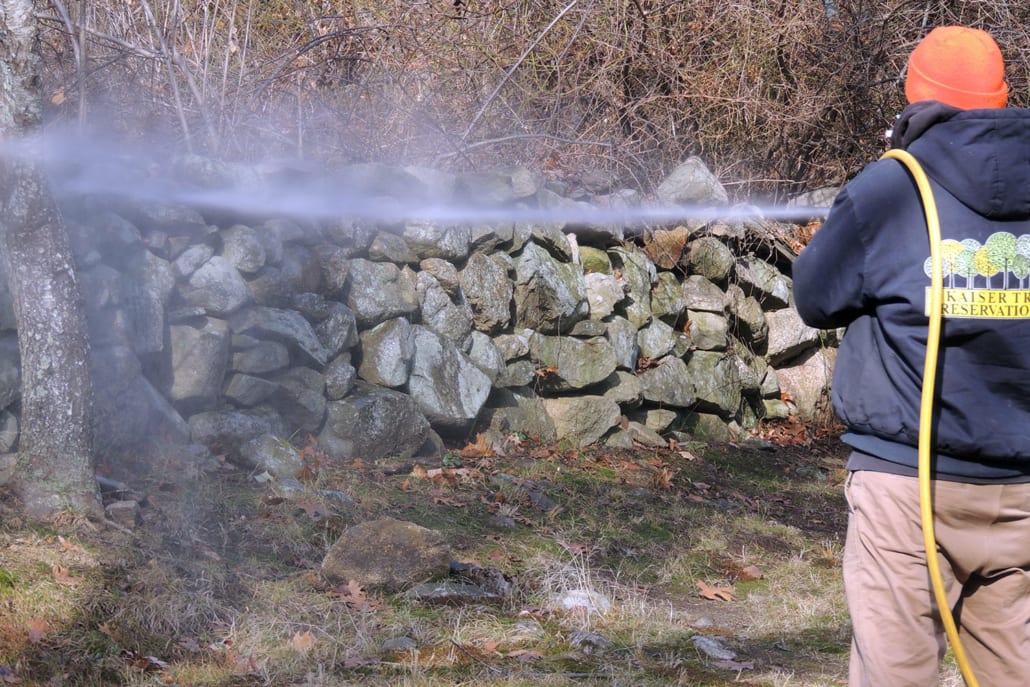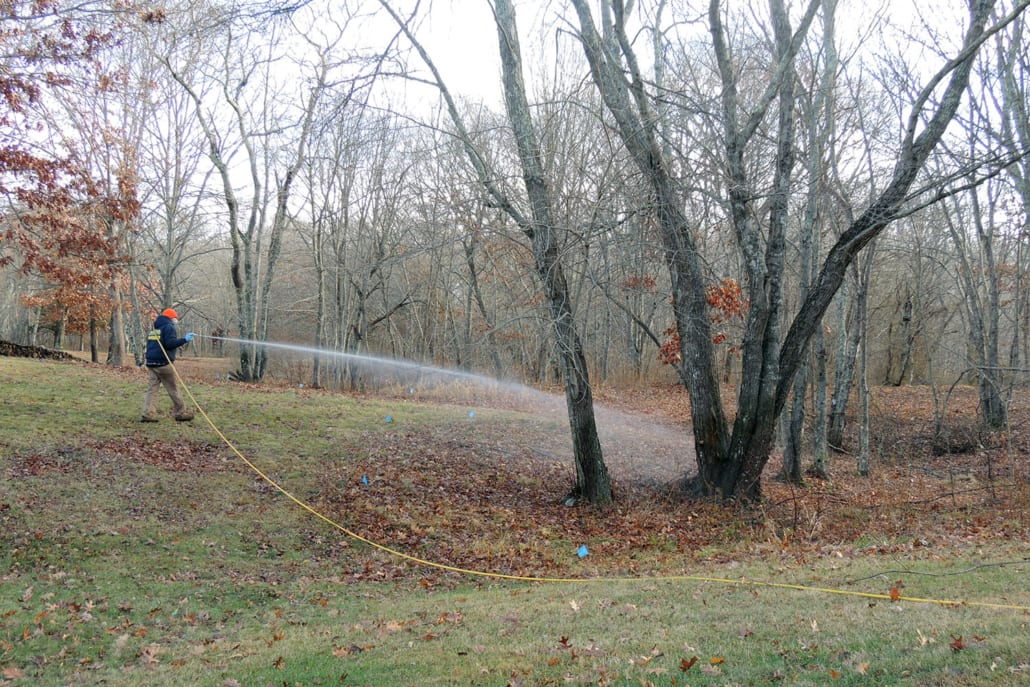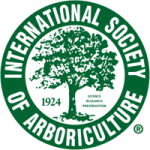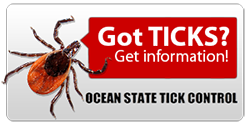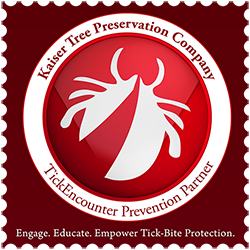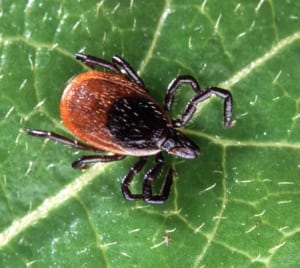 Southern Rhode Island suffers from an endemic deer tick population that is growing daily. We all know that ticks pose a serious threat to our health. To make things worse, the fear of ticks has forced thousands to change their lifestyle and the way they use their yards. In 2008, Kaiser Tree created a subsidiary named Ocean State Tick Control, to focus solely on tick and mosquito abatement. We created a reasonably priced program that will completely eliminate ticks from your landscape, allowing you to feel comfortable in your own backyard again! Our practice is environmentally safe and the most effective available.
Southern Rhode Island suffers from an endemic deer tick population that is growing daily. We all know that ticks pose a serious threat to our health. To make things worse, the fear of ticks has forced thousands to change their lifestyle and the way they use their yards. In 2008, Kaiser Tree created a subsidiary named Ocean State Tick Control, to focus solely on tick and mosquito abatement. We created a reasonably priced program that will completely eliminate ticks from your landscape, allowing you to feel comfortable in your own backyard again! Our practice is environmentally safe and the most effective available.
Protection
What YOU can do to protect yourself…
- When working in your yard, wear light color clothes to more easily find ticks
- Inspect yourself, your children, and your pets daily
- Use permethrin tick spray on shoes and clothing
- Keep your lawn mowed, cut overgrown brush, and clear leaf litter away from your home
- Remove ticks immediately, and keep the tick in a zip-lock baggie
- If symptoms or a bulls-eye rash appear, get tested for tick related diseases
What WE can do to protect you and your family…
- Examine your yard and tell you where ticks live
- Provide our Tick Control Program
- Clear perimeter brushy tick habitats
- Share Our Family’s Tick Bite Story
What to do when you get bitten by a tick?
The most common reaction to being bitten by a tick is to frantically pull/ dig the tick out of the skin of the person or pet that it has latched onto, then flush or destroy the tick. Taking the right steps while removing a tick can make a big difference in the effect that tick bite has.
GotTicks
- First, a pair of tweezers should be used to pinch the tick up around its mouthparts, not in the back of the tick. This helps get the tick out in one shot, and by not squeezing the back (abdomen) of the tick, you aren’t forcing the blood/ bacteria from the tick back into the victim.
- Second, the tick should be placed in a plastic baggie which is rolled up and secured shut. After determining how long the tick was latched on for, you may choose to have the tick sent to a lab and tested for Lyme Disease or other tick borne illnesses. Remember, all ticks are not infected, and therefore, all tick bites will not get you sick. By having the tick tested, you can know for sure whether the tick has the potential to get the victim sick.
- The tick bite should be treated with antiseptic and the victim should be watched for a bull’s eye rash, and/or other common symptoms of an acute case of a tick borne illness.
For more information on What to do when you get bitten by a tick, please click here.
Tick-borne Diseases
Ticks latch onto humans and animals, embed their mouthparts into their hosts’ skin, and suck their blood. This makes these parasites perfect vectors for spreading disease.
In the United States ticks spread numerous diseases in humans including:
Lyme Disease, Babesiosis, Ehrlichiosis, Rocky Mountain Spotted Fever, Anaplasmosis, Ehrlichiosis/Human /Granulocytic Ehrlichia (HGE).
Common Disease Symptoms:
- Lyme: Bulls-eye rash, fever/chills/joint pain, fatigue, swollen joints/lymph nodes, heart palpitation, sleep disruption, neuropathy, Bell’s Palsy. Can be fatal
- Babesiosis: Headache, fever, fatigue, weakness, appetite loss, muscle pain, sweats, confusion; If untreated, up to 5% die
- HGE: Rash is uncommon, fever/chills/shaking, muscle/joint pain, headache, malaise, nausea, vomiting, weight loss, confusion. Can be fatal
- Rocky Mountain Spotted Fever: Spotty rash 5-10 days after infection. Fatal in 10% of cases
Ticks and Tick Bite Photos
Dog tick next to an adult deer tick
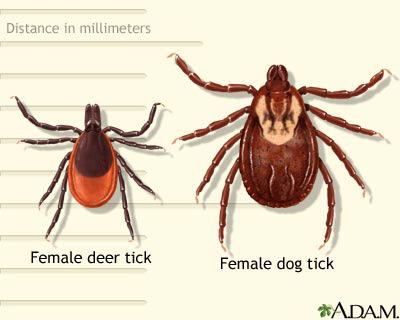
While smaller than the dog tick, adult deer ticks are the largest stage of the deer tick life cycle. They can be seen fairly easily on the skin, but are very hard to find on dark colored clothing.
 Nymph deer tick Nymph (second stage) ticks are tiny, and quite often go unnoticed when doing tick checks. Roughly 20% of nymph Deer ticks carry Lyme disease.
Nymph deer tick Nymph (second stage) ticks are tiny, and quite often go unnoticed when doing tick checks. Roughly 20% of nymph Deer ticks carry Lyme disease.
 Bull’s eye rash Even though it does not always appear, a “bulls-eye” rash is a sure sign you have been bitten and infected by a deer tick. See a doctor immediately. This child was bitten on the back of the thigh.
Bull’s eye rash Even though it does not always appear, a “bulls-eye” rash is a sure sign you have been bitten and infected by a deer tick. See a doctor immediately. This child was bitten on the back of the thigh.
 A penny for your thoughts? Adult tick on a penny, to illustrate relative size.
A penny for your thoughts? Adult tick on a penny, to illustrate relative size.
The Kaiser Family Tick Story
My name is Ames Kaiser, owner of Ocean Sate Tick Control.
In 2004 I contracted Lyme Disease for the third time in my life. I also pulled deer ticks off my wife, children, and our dog. Clearly, something had to be done to make our home safe. We live on an acre of landscaped property, with woods on three sides. Deer, squirrels, chipmunks, etc. are in our yard daily. I researched tick control and found URI tick specialist Dr. Thomas Mather’s publications very informative on www.TickEncounter.org. They became the foundation of our home tick control program.
First, I cleared the perimeter of our yard of brushy growth, and kept the grass cut low. Then, using my tree sprayer, I applied the recommended material (permithryn) around the perimeter of our yard and on our planting beds. The results were instant: I stopped seeing ticks on my family and our dog. (An invisible fence keeps her in the yard. She now gets no ticks at all, but, because we cannot stop our cats from wandering, they still get ticks from time to time.) Because I am a “tree guy”, I’ll always find ticks on myself, but my family is now well protected!
When I saw these results, I created Ocean State Tick Control to offer similar protection to other families. Broadening our focus to controlling ticks in residential landscapes was a natural progression since Kaiser Tree already had been a leader in tree pest control for decades. Since founding Ocean State Tick Control in 2008, we have developed a sophisticated and effective program which is reasonably priced and environmentally safe. We now treat countless homes in RI, eastern CT and nearby towns of Massachusetts, and have yet to have a single family report that the program wasn’t working.
What are ticks?
Ticks are not insects at all, but small Arachnids, similar by nature to mites, spiders, and scorpions.
In the northeast, there are 2 common types of ticks: Deer Ticks (potentially very harmful), American Dog Ticks (generally benign, but in rare cases, can transmit Rocky Mountain Spotted Fever).
How do ticks feed?
- Ticks are parasites
- Ticks feed by latching onto a human or animal “host”, embedding their mouthparts into their host’s skin, and then sucking the host’s blood until they are engorged.
- Ticks’ feeding method makes ticks perfect vectors for transmitting diseases.
Deer Tick Life Cycle

The most common transmitters of Lyme Disease in the northeastern U.S., deer ticks (black legged ticks) are hard-bodied with two year life cycles that consist of three stages:
STAGE-I: Larval
Larvae hatch from eggs in summer and actively seek their first blood meal in late summer. No larger than a newsprint period, larvae are nearly impossible to detect. They contract Lyme only by feeding on infected, small mammal hosts such as the common white footed mouse, chipmunks, squirrels, etc.
STAGE-II: Nymph
After feeding, larvae drop off hosts, burrow into the leaf litter, and molt into nymphs (second stage) in the fall. The resultant nymphs remain inactive through the fall, winter, and early spring. These nymphs emerge from the leaf litter starting in late May, and continue actively seeking a bloodmeal through July. Their preferred hosts are again small mammals, but they often will latch onto dogs and humans as well. In New England, about 25% of nymphs carry Lyme Disease. Nymphs are considered the most dangerous stage of the tick life cycle because they are so small (size of a poppy seed), and quite often will latch onto a host without being notice.
STAGE-III: Adult
Nymphs fall off their hosts into the leaf litter in the early summer and molt into adults. These adult ticks “emerge” into activity in early October. They aggressively seek new hosts through fall, waiting generally, for large mammals including humans, dogs, cats, horses, and deer. Most active in October, November and early spring, 50% of adults have been found to carry Lyme Disease in New England. When temperatures dip below 40 degrees F. Ticks usually drop into leaf debris and become inactive; but as soon as temperatures rise, they resume their quest for hosts – usually in late February or early March. By late March/early April, they are ravenous for a new blood meals, which they need to successfully mate and reproduce. Females drop off their hosts to lay about 3,000 eggs in the leaf layer and then die. In late summer, these eggs hatch, beginning the tick life cycle anew.
